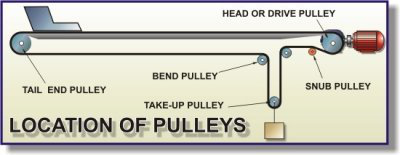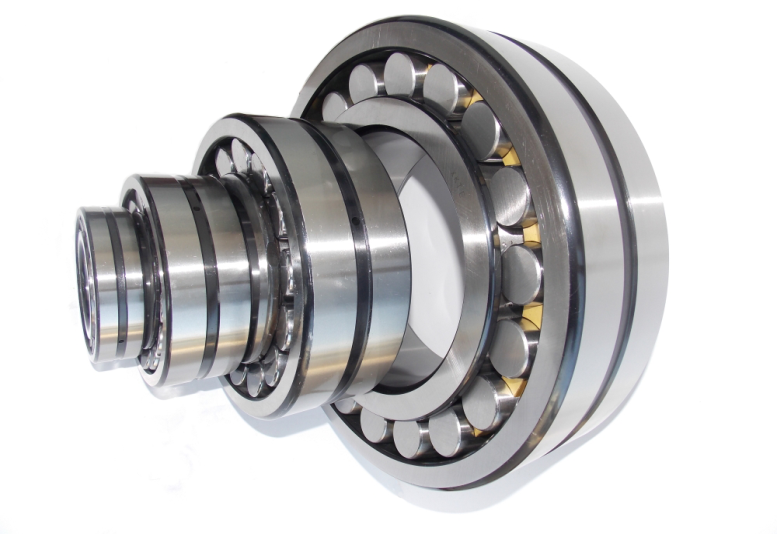In 2009, the demand for precipitated silica accounted for about 70% of the world's total demand for specialty silicas, and will remain the major demand product type in the next four years. Due to the strong rebound in the rubber market, precipitated silica will also be the fastest growing demand for silica, and it will replace some of the carbon black in the tires, further increasing the usage. The increase in demand for fumed silica was mainly due to a rebound in silicone rubber production. The silica sol is expected to have a good market opportunity in paper coating, and the market share in the semiconductor polishing industry will also increase.
The report also pointed out that rubber is the largest downstream application area of ​​specialty silicas and it is expected that by 2014, this market demand will account for 45% of the total demand. The use of "green" tyres with precipitated silica can reduce rolling resistance and improve the fuel economy of the car, so demand will continue to grow. In addition, the demand for specialty silica in the chemical market will also grow strongly, because more products using silica additives can improve its processability and overall performance.
Before 2014, the average annual growth rate of demand for specialty silica in Asia and the Pacific will be ahead of the rest of the world, reaching 9%. The demand for China's specialty silica will continue to grow in double digits, becoming the world's most demanding country. The demand growth of specialty silica in North America and Western Europe will be lower than the world average, and the market demand growth in other regions will be slightly higher than the world average.
Conveyor pulleys are used on conveyors to support and deflect the belting through the conveyor structure. Conveyor pulleys also provide a mechanism whereby the conveyor belt can be trained to run (track) true along the conveyor idlers. Generally, pulleys are located at the ends of the conveyor structure and at the take-up arrangement. Pulleys are used to transmit the drive power into the conveyor belt and as such, are subjected to the dynamic belt tension forces in a conveyor.


Drum or Shell:The drum is the portion of the pulley in direct contact with the belt. The shell is fabricated from either a rolled sheet of steel or from hollow steel tubing.
Diaphragm Plates: The diaphragm or end plates of a pulley are circular discs which are fabricated from thick steel plate and which are welded into the shell at each end, to strengthen the drum.
The end plates are bored in their centre to accommodate the pulley shaft and the hubs for the pulley locking elements.
Shaft:The shaft is designed to accommodate all the applied forces from the belt and / or the drive unit, with minimum deflection. The shaft is located and locked to the hubs of the end discs by means of a locking elements. The shaft and hence pulley shafts are often stepped.
Locking Elements:These are high-precision manufactured items which are fitted over the shaft and into the pulley hubs. The locking elements attach the pulley firmly to the shaft via the end plates.
Hubs:The hubs are fabricated and machined housings which are welded into the end plates.
Lagging: It is sometimes necessary or desirable to improve the friction between the conveyor belt and the pulley in order to improve the torque that can be transmitted through a drive pulley. Improved traction over a pulley also assists with the training of the belt. In such cases pulley drum surfaces are `lagged` or covered in a rubberized material.
Bearing: Bearings used for conveyor pulleys are generally spherical roller bearings, chosen for their radial and axial load supporting characteristics. The bearings are self-aligning relative to their raceways, which means that the bearings can be 'misaligned' relative to the shaft and plummer blocks, to a certain degree. In practical terms this implies that the bending of the shaft under loaded conditions as well as minor misalignment of the pulley support structure, can be accommodated by the bearing.

APPLICATION:
Spherical Roller Bearing are available with heavy duty rollers and cages that are suitable for extreme demand harsh applications such as vibratory screens. Mining Conveyor Machine, and mining bulk Conveyor Pulley. In this sort of aggressive operational environment, the spherical roller bearing is the only type that delivers acceptable service life. generally have a longer life span than other bearing types.

Main Models:
Spherical roller bearing
Series 222.., 223.., 230.., 231.., 232.., 239.. 240.., 241.., CA/CC/W33
To be the first class, to do the best quality, to make users satisfied, to ensure customers relieved, are our enterprise purposes. Welcome bearing dealers` and Conveyor Idler manufacturers contact from all over the world, and become our partner.
Conveyor Pulley Components
Conveyor Pulley Accessories,Conveyor Pulley Components,Conveyor Drum Components,Conveyor Drum Pulley Components
Shandong Xinkaite Bearing Co., Ltd. , https://www.idlerbearing.nl